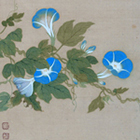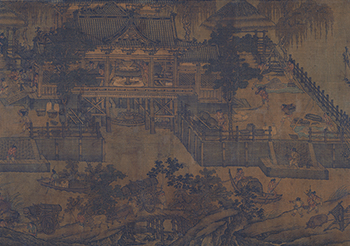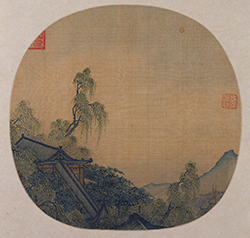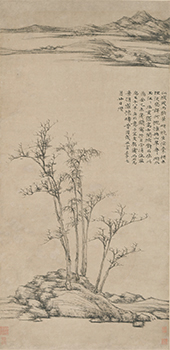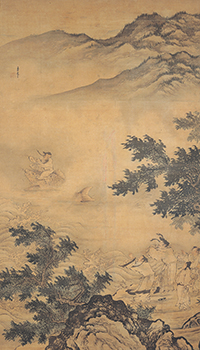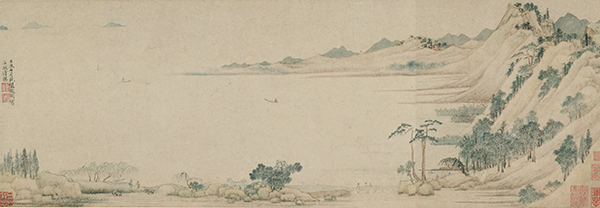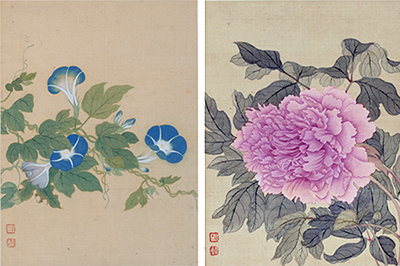Asian Gallery (Toyokan) Room 8
October 1, 2013 (Tue) - November 24, 2013 (Sun)
This exhibition features representative masterpieces of Chinese painting from the Shanghai Museum, which boasts one of the largest collections in China. Through these treasured works from the Shanghai Museum, this exhibition offers a rare opportunity to overview approximately 1000 years of Chinese painting history, from the Song and Yuan dynasties to the Ming and Qing dynasties.

